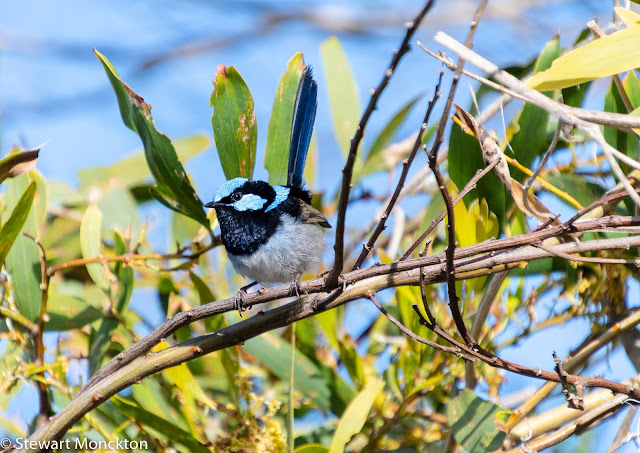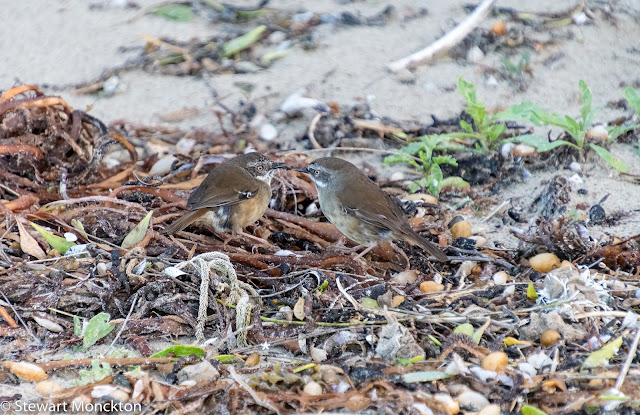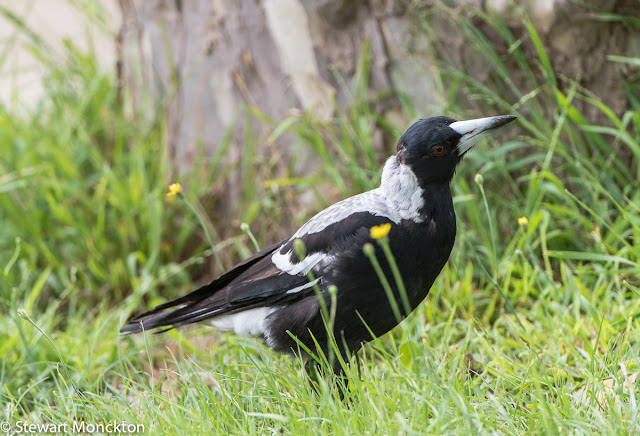Well, after 531 weeks this will be the last WBWs posted by me when I have a full time job! From next week, I will be freelance and with luck, a lot more relaxed! More time for birds, pictures, blogs and stuff that makes me smile.
Anyway - back to the birds. This weeks WBW is brought to you by the Superb Fairy-Wren (Malurus cyaneus), which is a bit of a crowd-pleaser if there ever was one.
This birds - and as far as I can tell there are three different individuals in these pictures - were feeding on the strand line of the beach at Walkerville, Victoria. I had gone looking for gulls and such like, but found these brightly coloured male Fairy Wrens instead.
Hope you enjoy them!
As ever, to join in with WBW, click the link below. SM




































